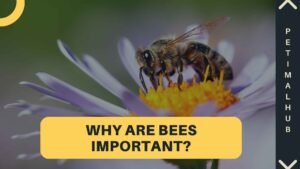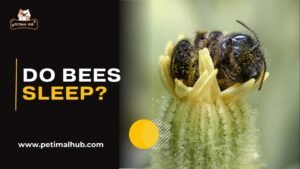
- Bee, Blog
What Colors Do Bees Hate?
- November 6, 2024
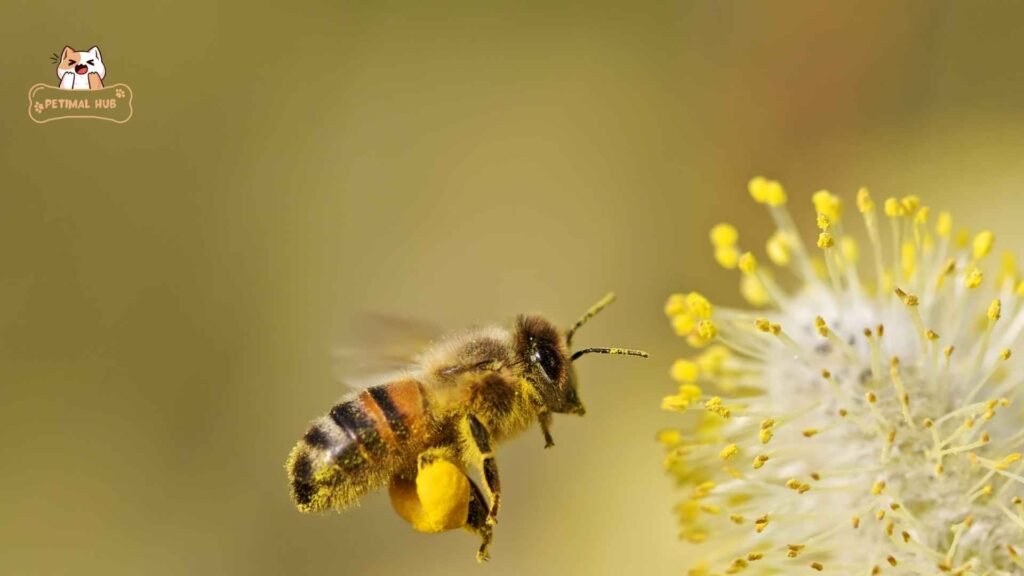
Bees, these industrious pollinators, play a crucial role in the ecosystem by aiding in the reproduction of flowering plants. However, have you ever wondered that What Colors Do Bees Hate? Understanding the relationship between bees and colors is not only fascinating but also holds practical implications for various industries, from agriculture to fashion. In this article, we will discuss the science behind the colors that bees may not favor and explore the reasons behind their color preferences.
Table of Contents
ToggleThe Spectrum of Bee Vision

Before delving into the colors that bees may find less appealing, it’s essential to understand how bees perceive color. Bees, like many insects, see a different spectrum of colors compared to humans. While humans have trichromatic vision (seeing three primary colors: red, blue, and green), bees have tetra chromatic vision. This means they can see ultraviolet (UV) light, which is invisible to the human eye.
Ultraviolet Patterns in Flowers
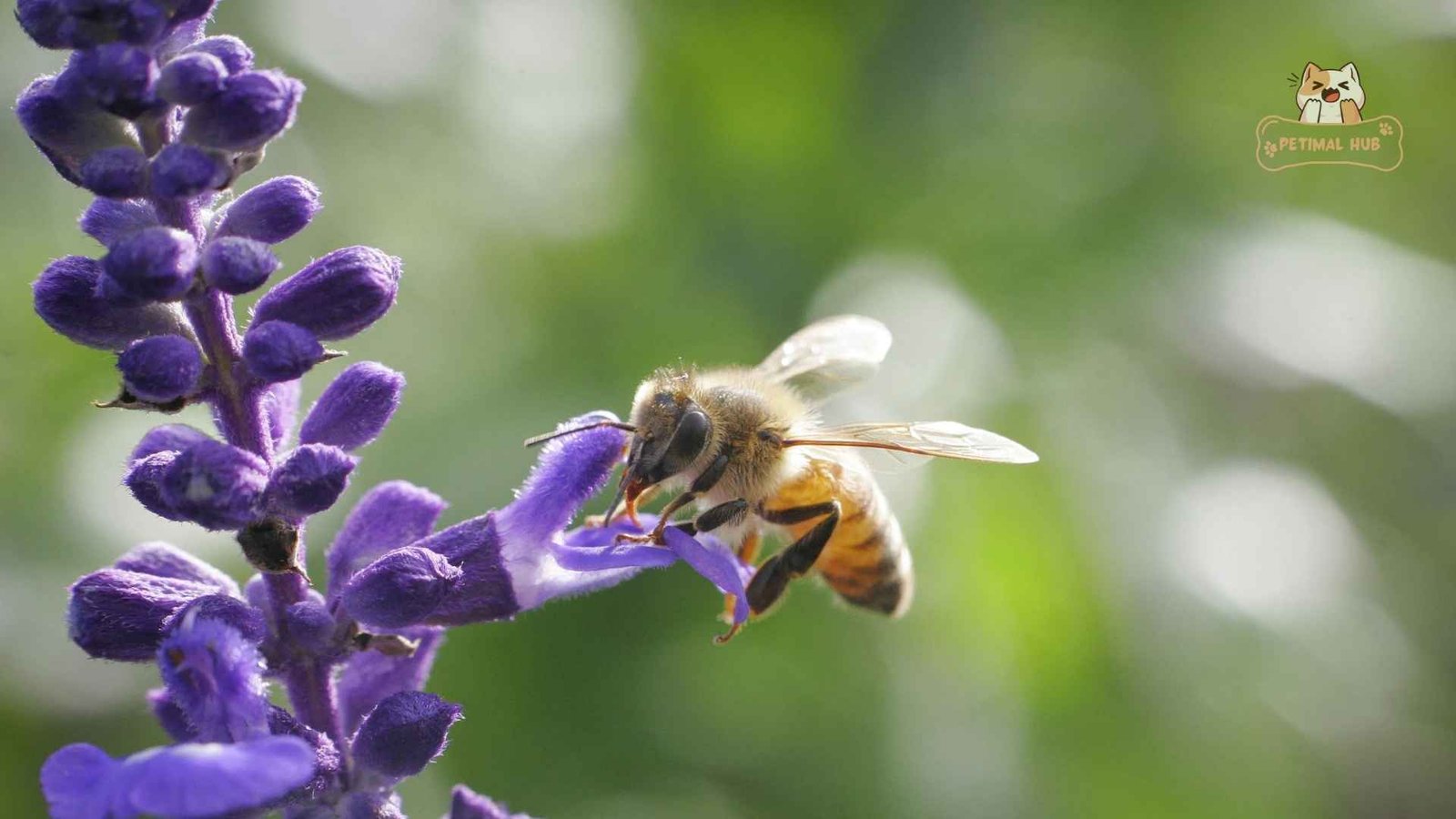
Flowers, the primary source of nectar for bees, often have ultraviolet patterns that guide these pollinators to the nectar and pollen. The intricate designs in ultraviolet are invisible to humans but serve as beacons for bees. However, not all flowers use the same ultraviolet patterns. Some flowers may have patterns that are more attractive to bees, while others may not be as appealing.
Colors Bees May Dislike

Research suggests that bees may have preferences and aversions when it comes to colors. While it’s important to note that bees are not inherently repelled by specific colors, certain shades may be less attractive to them. Here are some details regarding What Colors Do Bees Hate?
- Red
Red is a color that bees can see, but they may perceive it as black. Research indicates that bees are less responsive to red, possibly because it appears darker to them. However, it’s crucial to note that bees can still see red and may visit red flowers if they offer a high reward in terms of nectar.
- Black
Similar to red, black may appear less attractive to bees. Dark colors like black may not stand out as much in the UV spectrum, making them less conspicuous to bees. However, this doesn’t mean that bees won’t visit black flowers; it simply suggests they might be less noticeable to them.
- Certain Shades of Green
Bees are generally attracted to the color green, but some shades may be less appealing. For instance, very pale or yellowish greens might not be as attractive to bees. Vibrant, lush green colors, on the other hand, are likely to be more appealing.
- Brown
Brown is another color that may not be as attractive to bees. While some flowers have brownish hues, bees might not perceive them as rich sources of nectar. Again, it’s essential to consider the specific shades and patterns within the color.
Also, Read More: How Long Can a Bee Live Without Food?
What Colors Do Bees Hate?
Red | Red Perceived as black; potentially less attractive |
|---|---|
Black | Potentially lacks conspicuousness |
Certain shades of green | Varying attractiveness |
Brown | Potential lack of appeal |
Understanding Floral Coloration

Floral coloration is a complex interplay of pigments, structural features, and the reflection of light. Plants have evolved to attract specific pollinators, and the color of their flowers plays a crucial role in this process. While certain colors may be less attractive to bees, it’s important to consider the overall context of the flower, including its scent, shape, and the rewards it offers.
The Role of Ultraviolet Patterns
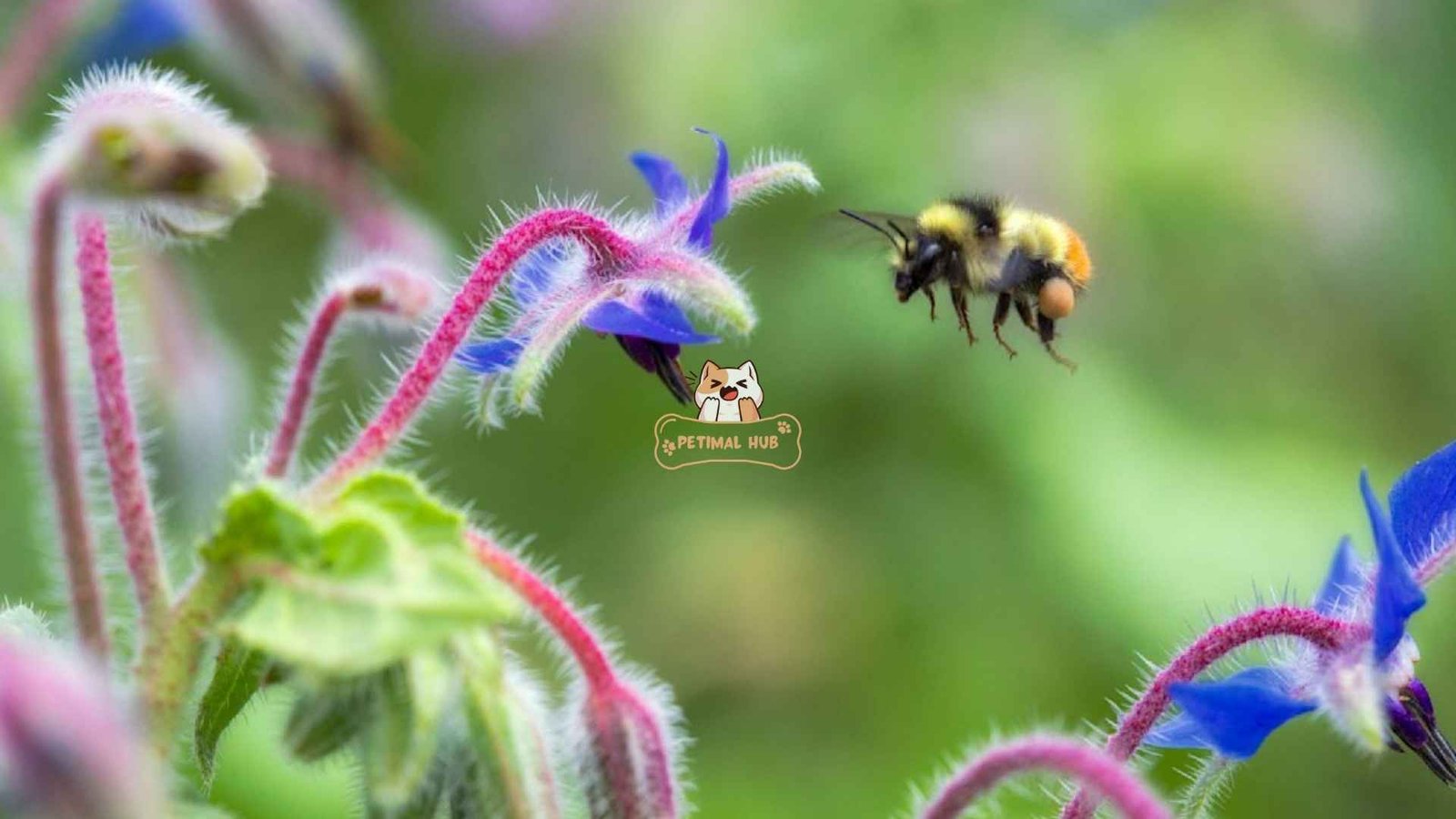
As mentioned earlier, bees can see ultraviolet light, and many flowers have evolved to exploit this ability. Ultraviolet patterns on flowers serve as guides for bees, directing them to the reproductive structures of the plant. Flowers often have contrasting patterns that are visible in ultraviolet light, making it easier for bees to locate the nectar and pollen.
Bees and Color Preferences - Why Does it Matter?
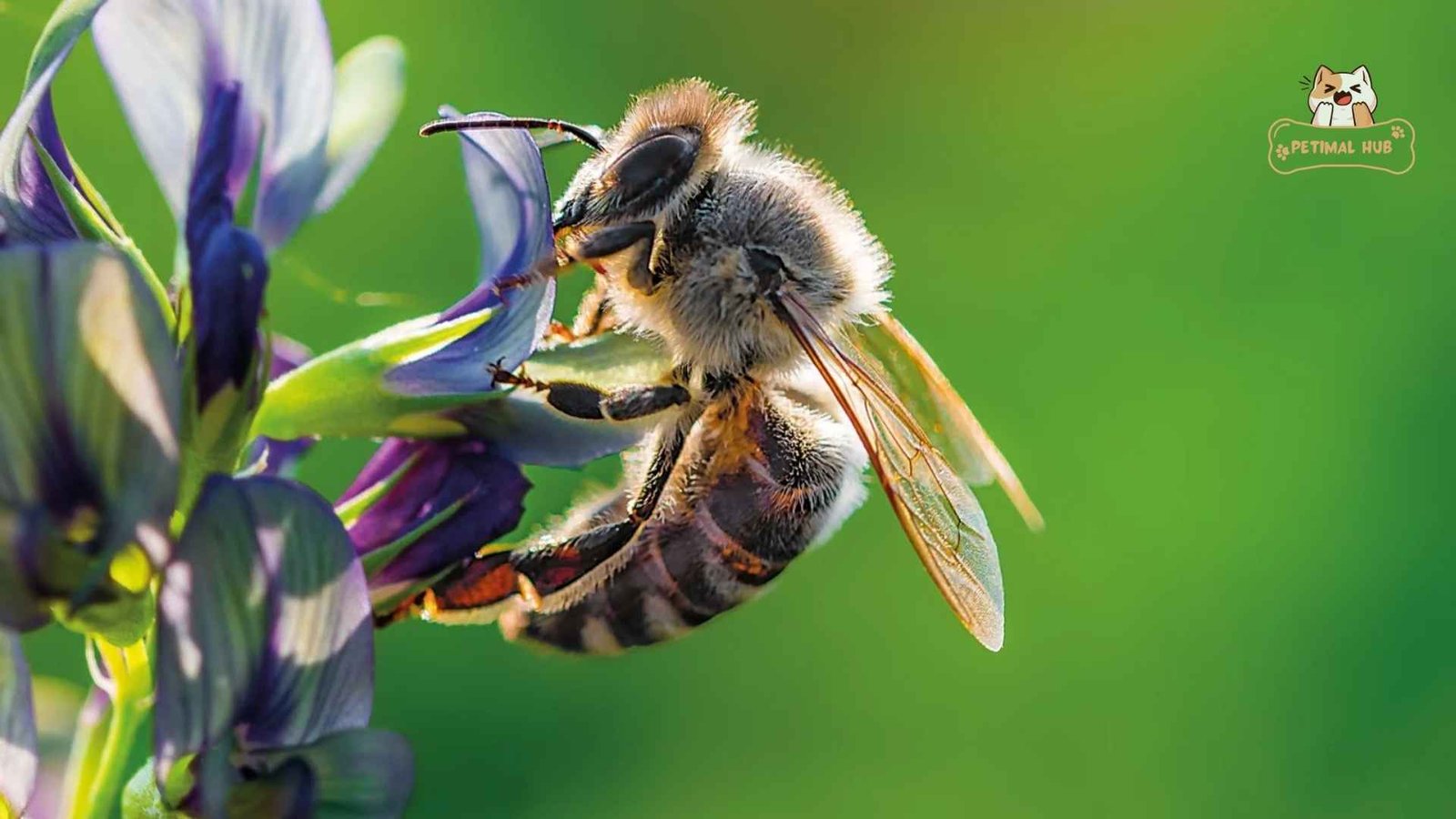
Understanding the color preferences of bees has implications for various fields, including agriculture, horticulture, and even fashion. In agriculture, where pollination is crucial for crop yield, planting bee–friendly flowers and crops can enhance pollination efficiency.
Horticulturists and landscape designers can use knowledge about bee color preferences to create gardens that are not only aesthetically pleasing but also supportive of pollinators. Surprisingly, Natural dyes derived from bee-friendly flowers can be used to create environmentally sustainable and bee-friendly clothing. By choosing colors that align with bee preferences, the fashion industry can contribute to ecological conservation.
Also, Read More: How Do Snakes Communicate?
Conservation Efforts and Bee-Friendly Gardens
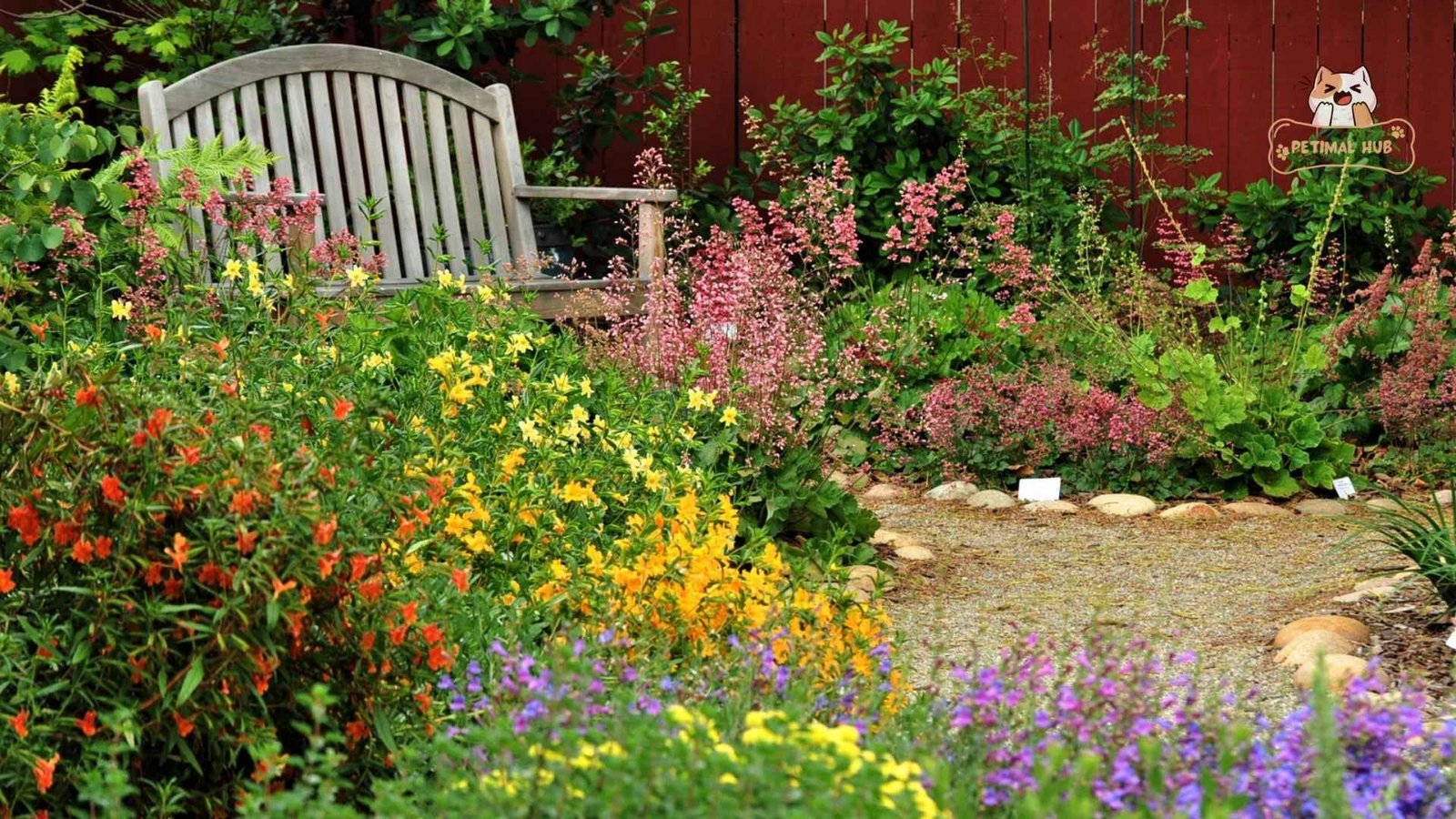
The decline in bee populations globally has raised concerns about the potential consequences for ecosystems and agriculture. Creating bee-friendly gardens is one way individuals can contribute to bee conservation. Planting flowers that bees find attractive not only supports their health but also enhances the overall biodiversity of the area.
- Choosing Bee-Friendly Plants
When planning a garden, consider choosing plants with colors and patterns that bees find appealing. Flowers such as lavender, sunflowers, and wildflowers are often favorites among bees.
- Avoiding Pesticides
Pesticides can be harmful to bees and other pollinators. Opt for natural pest control methods or choose bee-friendly pesticides to protect your garden without harming these essential insects.
- Providing Water Sources
Bees need water, especially during hot weather. Create a bee-friendly garden by including shallow containers of water with floating cork pieces or stones for bees to land on while drinking.
Conclusion
In conclusion about What Colors Do Bees Hate? We conclude that the relationship between bees and colors is a captivating aspect of nature that extends beyond mere aesthetics. While bees are not necessarily repelled by specific colors, certain shades may be less attractive to them.
Understanding the science behind bee vision and color preferences is essential for making informed decisions in various fields, from agriculture to conservation. As we navigate a world where the decline of bee populations is a growing concern, adopting bee-friendly practices in gardening, agriculture, and other industries becomes increasingly important. By incorporating this knowledge into our daily lives, we can contribute to the well-being of these vital pollinators and, in turn, support the health of our ecosystems.
Bees are generally less attracted to dark colors such as black, brown, and red. They associate these hues with potential threats or predators. Additionally, bees cannot perceive the color red; it appears black to them, making red objects seem like dark threats.
Bees associate dark colors with predators, as many of their natural enemies have dark coloration. This association triggers a defensive response, making bees more likely to avoid or become aggressive toward dark-colored objects.
No, bees have a different color perception than humans. They can see ultraviolet light and are most sensitive to blue and violet hues. However, they cannot perceive red, which appears black to them.
Yes, bees are particularly attracted to bright colors like blue, violet, and ultraviolet hues. These colors often signal the presence of nectar-rich flowers, making them appealing to bees.
Wearing light-colored clothing, such as white or pale shades, can reduce the chances of attracting bees. Avoiding dark colors and bright floral patterns can help minimize the risk of bee stings.



